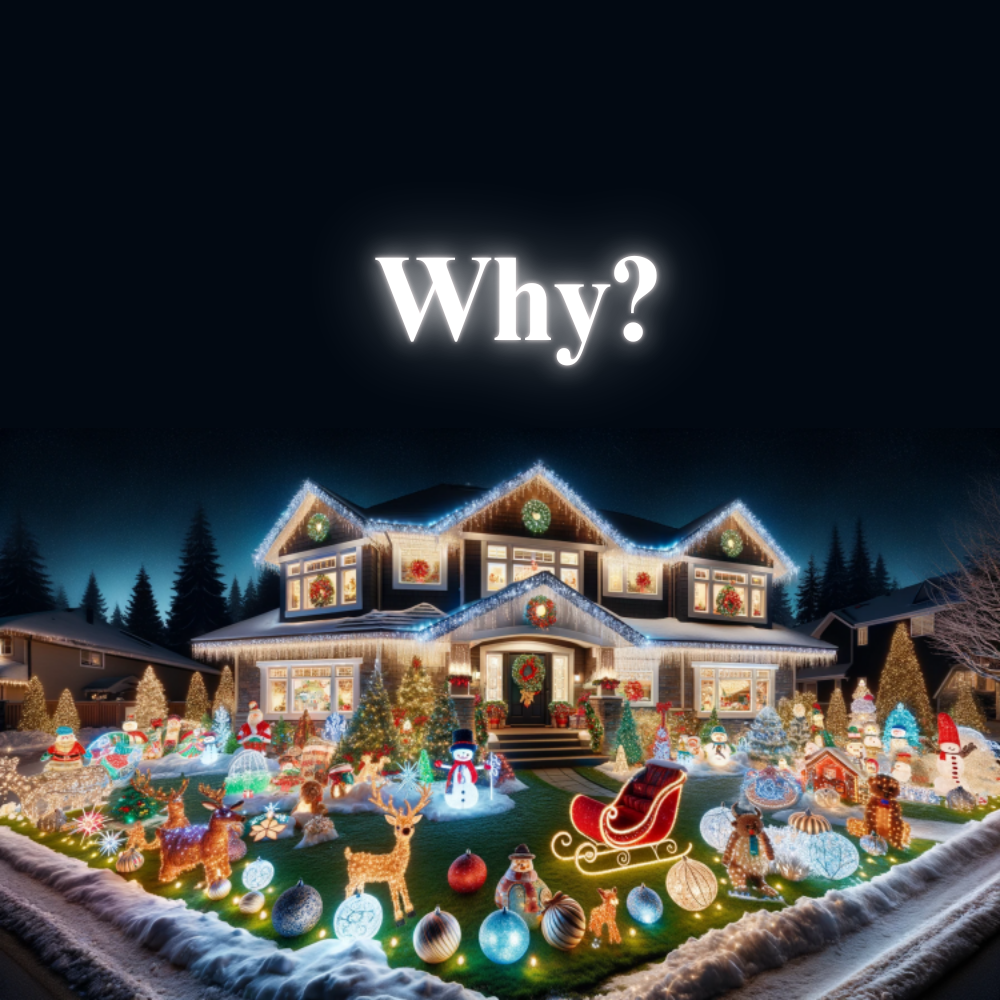Ever wonder why some neighborhoods transform into full-blown winter wonderlands during the holidays? From glowing reindeer on front lawns to rooftops decked out in synchronized light displays, Americans go all in on holiday decorating. This tradition isn’t just about spreading cheer—it’s rooted in centuries of history and culture. Over time, what began as simple seasonal rituals has evolved into the dazzling, larger-than-life displays we see today. In the United States, holiday decorations reflect a unique blend of tradition, community spirit, and a distinctly consumer-driven culture.
Historical Origins
Holiday decorations are not a modern invention. Ancient civilizations like the Romans and Egyptians used greenery, such as evergreen boughs, to celebrate seasonal changes and ward off evil spirits. However, the tradition of decorating evergreen trees, often linked to Christmas, is traced back to 16th-century Germany, where families brought trees into their homes and adorned them with candles and ornaments. Over time, these customs spread, and in America, they evolved into large-scale displays involving electric lights, inflatables, and elaborate themes.
The tradition of using light in holiday celebrations predates Christmas itself. Scandinavian pagans celebrated the Winter Solstice with candles, bonfires, and Yule logs to bring warmth and light during the darkest days of the year. Later on, early Christians adopted this practice, blending it seamlessly into their religious observances.
The American Holiday Tradition
In the United States, decorating homes for the holidays became especially prominent in the mid-20th century, particularly during the post-World War II boom of the 1950s and early 1960s. After the turbulence of the Great Depression and the war, many Americans sought stability, normalcy, and a sense of pride. Suburban neighborhoods flourished, offering families a chance to express their individuality and embrace the consumer economy.
Holiday decorations became a way to celebrate prosperity and participate in a collective community spirit. Outdoor lights and window displays showcased not only holiday cheer but also a family’s economic success. Neighborhoods became festive competitions, with homeowners vying to create the most extravagant displays.
Consumerism
American consumerism plays a significant role in the intensity of holiday decorating. Retailers and advertisers capitalize on the season, encouraging families to purchase everything from artificial trees and themed lights to inflatable Santas and synchronized light shows. This drive to “keep up with the Joneses” can lead to over-the-top displays that blur the line between celebration and showmanship.
While some see these decorations as joyful expressions of creativity and community, others critique them as emblematic of excessive consumption. The push to create the perfect holiday aesthetic often results in significant spending, environmental strain, and an emphasis on materialism.
A Complex Tradition
Holiday decorating in America is a blend of historical traditions, cultural expression, and consumer-driven influences. It reflects our need for community, celebration, and creativity while also highlighting the complexities of modern consumerism and the desire to showcase success. Whether viewed as a joyful tradition or a critique of materialism, decorating our homes for the holidays remains an enduring part of American culture, bringing light and warmth to the darkest days of the year.


